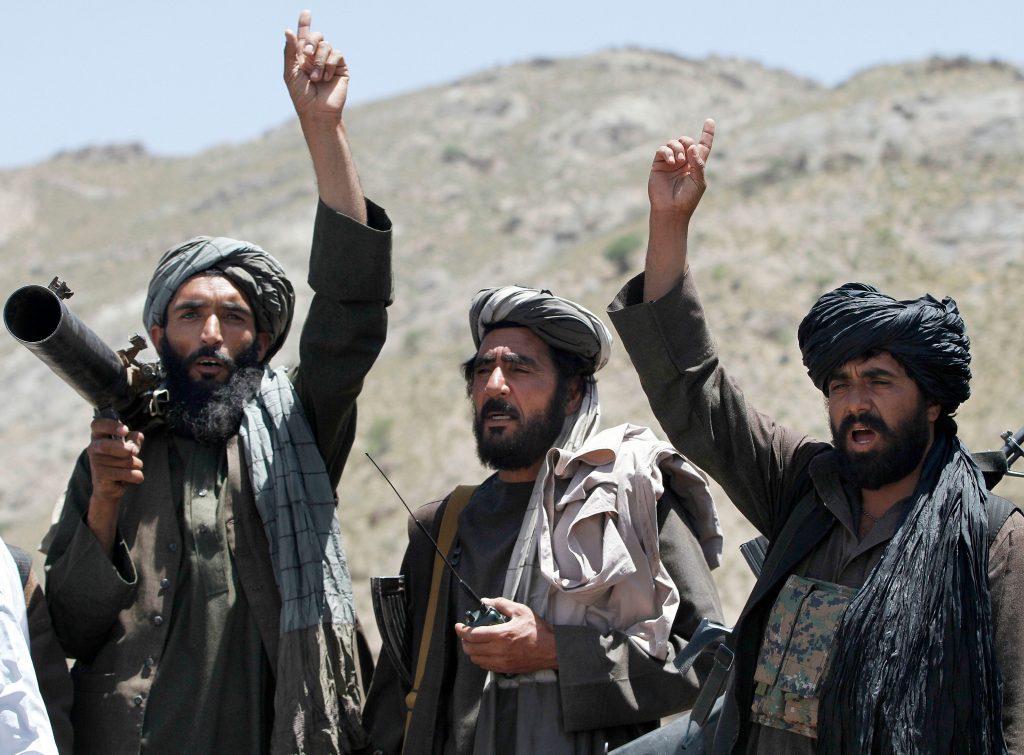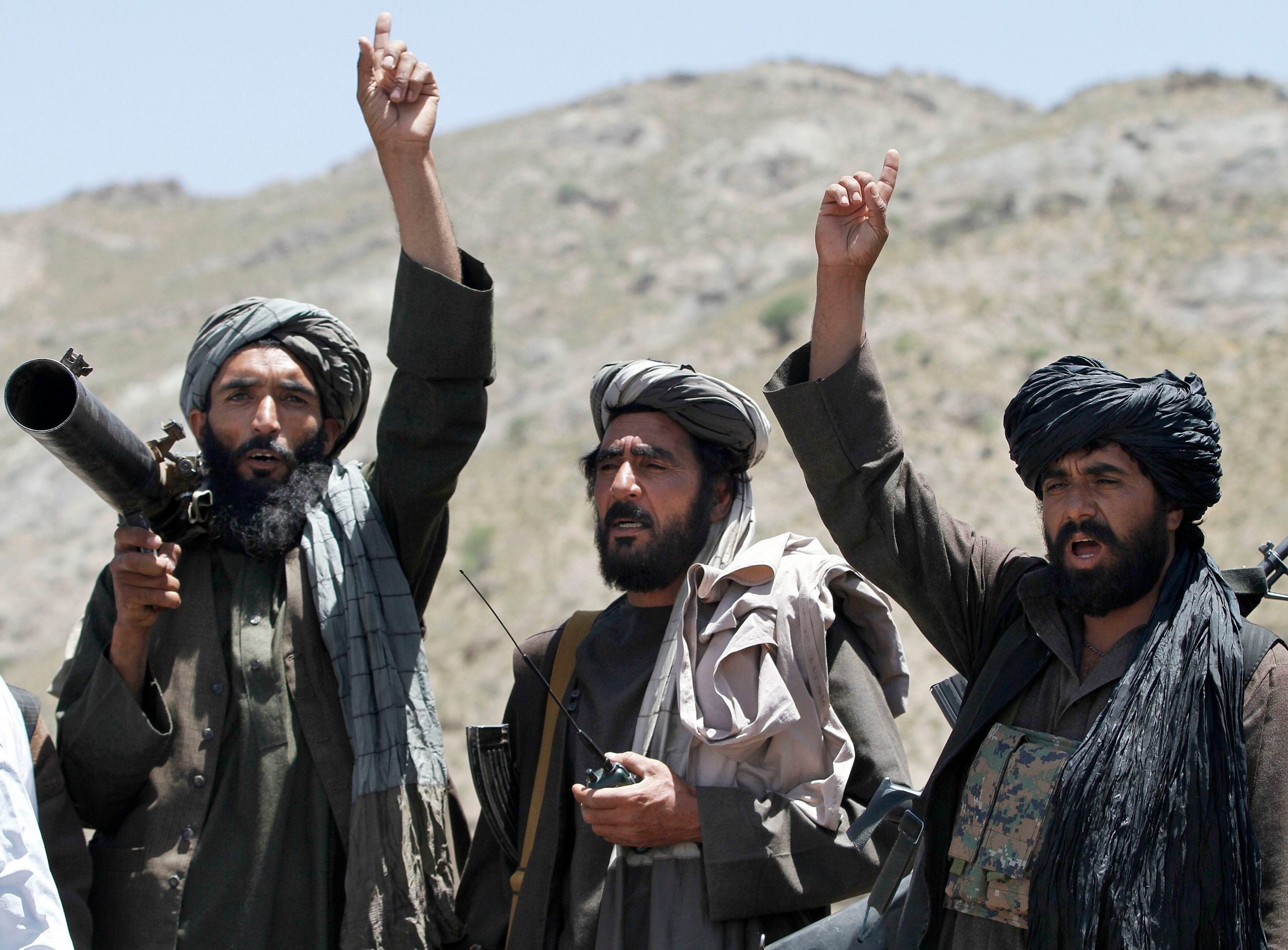
Allauddin Khan/AP
- The Taliban's leadership, though often divided in the past, has managed to orchestrate the group's resurgence to power.
- The organization is led by a supreme leader and three deputies who control its political, military, and terror branches.
- Here's a breakdown of the Taliban's key leaders and figureheads.
- Visit Insider's homepage for more stories.
Taliban leadership has long been obscure and secretive, even during its five-year reign of Afghanistan from 1996 to 2001. Despite previous reports of infighting and political fragmentation, the hardline Islamist group once again took control of Afghanistan when its troops entered the capital of Kabul on Sunday.
It seized the presidential palace, marking the final stage of its months-long push across the nation, during which it claimed city after city while US forces withdrew under a 2020 peace deal.
"The war is over," Taliban leaders declared on Monday. Some were resistance fighters who allied with the US to battle a Soviet invasion in the 1980s, but later fled overseas after being toppled by American-led forces in 2001. Others are sons of the famed original generation who led Afghanistan's militant groups in the past.
Here's a breakdown of the top brass that claimed victory in Kabul this week.
The supreme leader Haibatullah Akhundzada
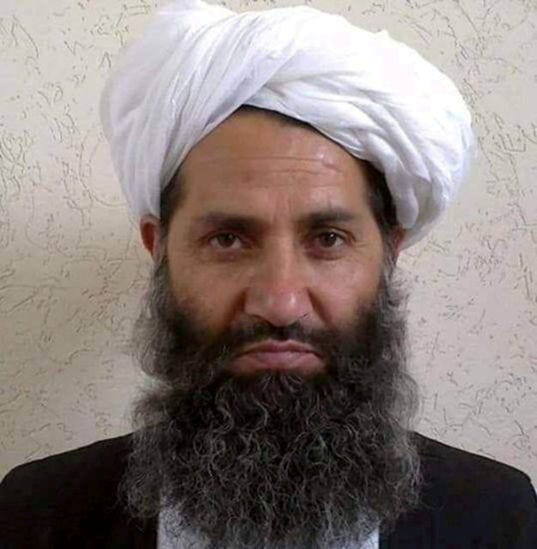
Social Media/Reuters
Islamic legal scholar Haibatullah Akhundzada became the Taliban's new chief in 2016 when his predecessor Akhtar Mohammad Mansour was killed in a US drone strike the same year.
Known as the "leader of the faithful," he's mostly a religious leader instead of a military commander, but he wields final authority in both fields. As a spiritual figure, he issues the Taliban's fatwas, or formal rulings on Islamic law.
His rise to power was smoothed by Mansour naming him as a successor before his death. He was also backed by top officials, though some did not show up at a meeting to appoint him out of fear they would be attacked, reported the BBC in 2016.
Following his appointment, Akhundzada had to contend with a few splits in the organization that threatened to fragment the Taliban further. Still, the infighting wasn't enough to quash his authority, said the BBC.
Before his ascension to the top, he preached and taught at a religious school in Pakistan attended by many top Taliban officials. He was a deputy to Mansour before the latter's death and one of the resistance fighters against the Soviet military campaign in the 1980s.
He is believed to be around 60 years old, reported Reuters, and his whereabouts are currently unknown.
The founder's son Mullah Yacoob
Mullah Yacoob is the eldest son of the Taliban's revered original leader - Mullah Omar.
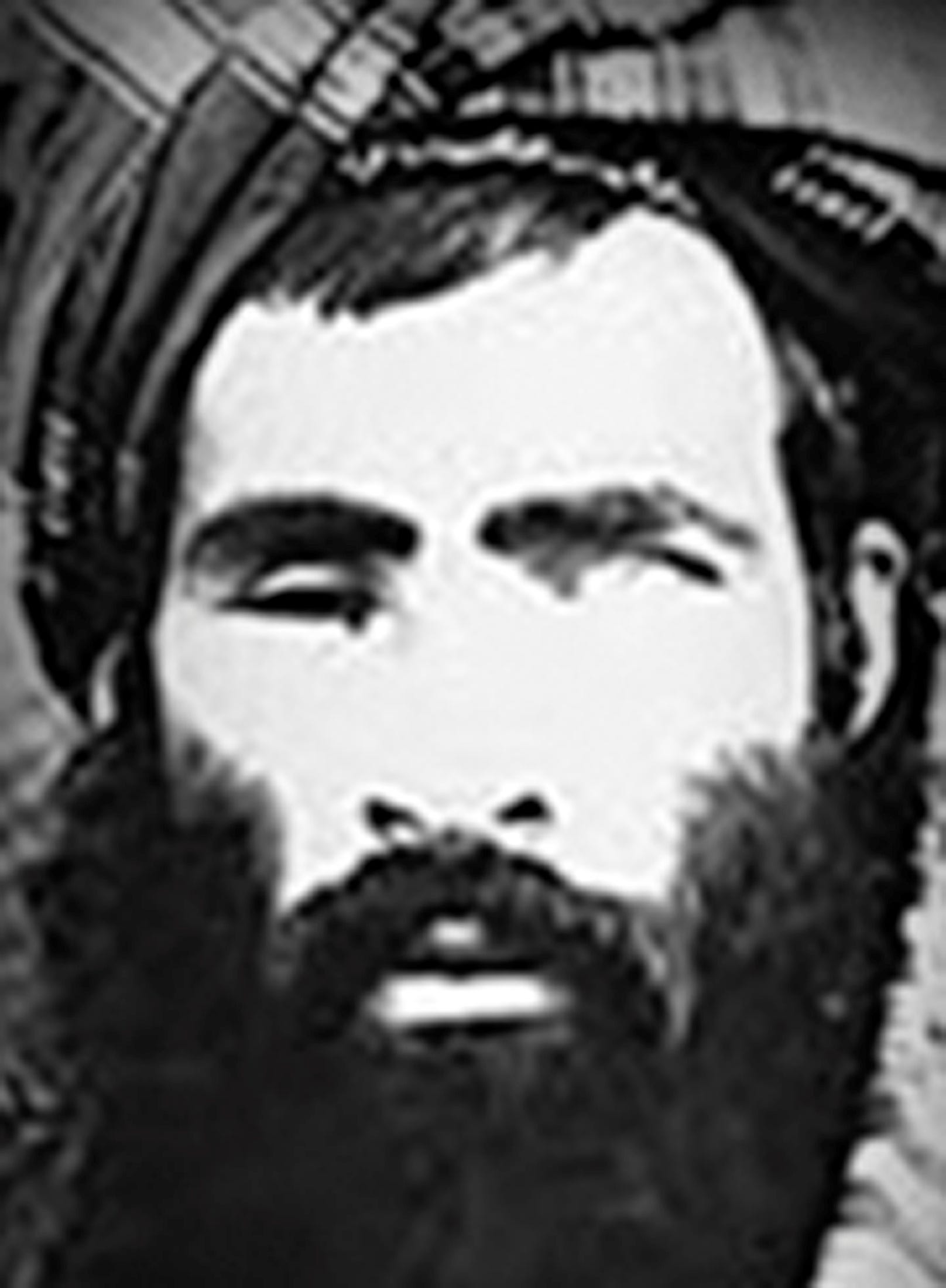
REUTERS/National Counterterrorism Center/Handout via Reuters
He is the Taliban's chief military leader and is reported to be in Afghanistan. Because of his line ague, Yacoob was given some backing in the Taliban's succession struggle in 2016, but he supported Akhundzada instead because he felt he was inexperienced and too young, reported RadioFreeEurope.
Unlike Ibrahim Sadar, the man who ran the Taliban's military before him, Yacoob is said to have supported a peaceful takeover of Afghanistan. In comparison, his predecessor Sadar rejected peace talks and wanted to continue fighting government and US forces.
Yacoob enjoys something akin to celebrity status within the Taliban due to his family background. But as someone who was raised and trained in Pakistan, not Afghanistan, he's not necessarily admired by his peers in the leadership, per RadioFreeEurope. Afghan intelligence and security officials described him as "self-centered," "entitled," and "unaware of the realities in Afghanistan."
He is believed to be in his 30s, reported Reuters.
The negotiator Abdul Ghani Baradar
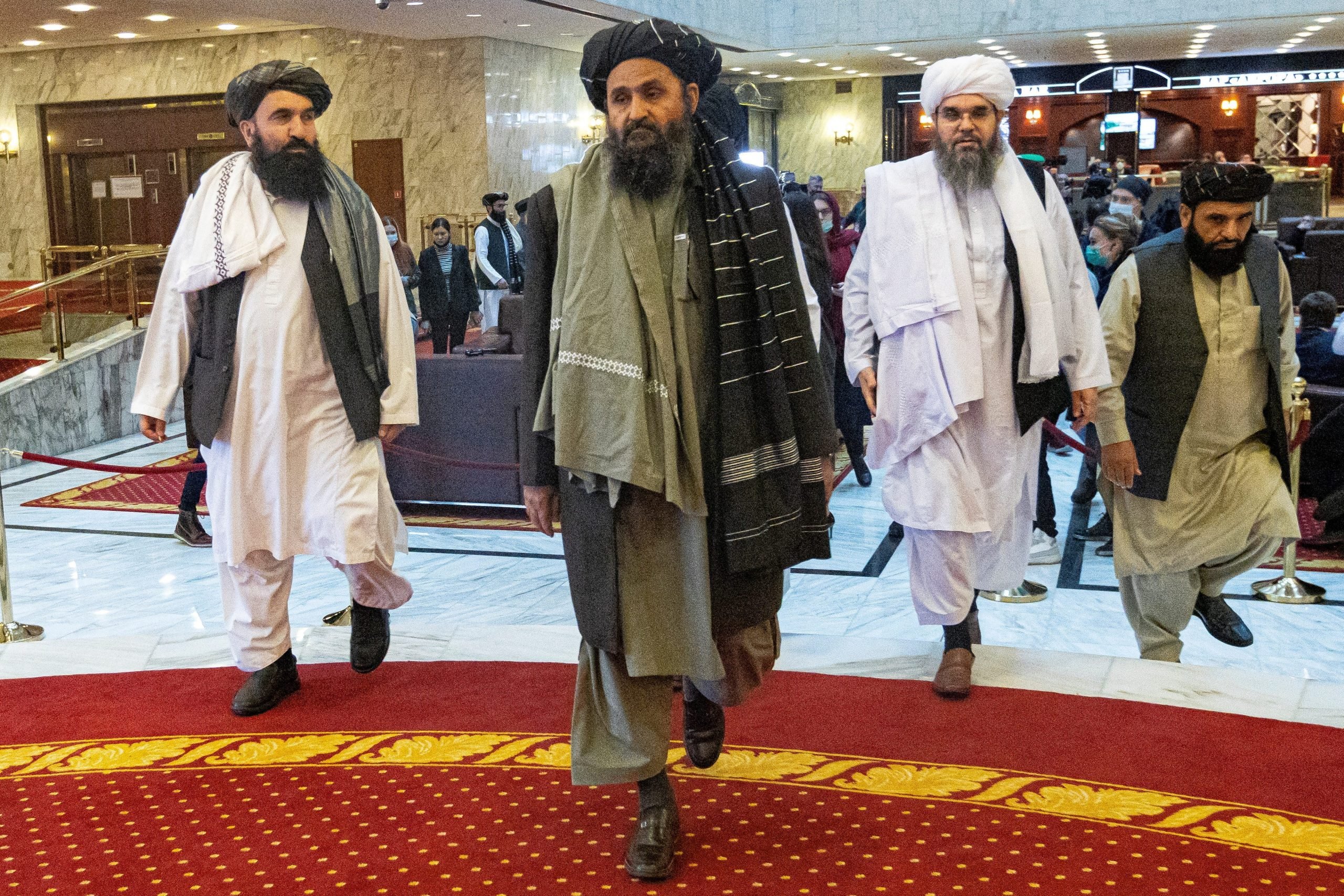
Alexander Zemlianichenko/Pool via REUTERS/File Photo
A deputy leader under Akhundzada, Abdul Ghani Baradar heads the Taliban's political office and oversaw the withdrawal agreement with the US in 2020.
Baradar was one of the founders of the Taliban and fought alongside Mullah Omar against the Soviets. He is said to have played a key role in orchestrating the military victories that helped the Taliban conquer Afghanistan in 1996, and handled several military and administrative responsibilities during the group's rule, according to The Guardian.
After the Taliban was removed from power in 2001 and its leaders fled to Pakistan, western diplomats saw Baradar as one of the group's more moderate leaders, and thus one of the best to negotiate with, per The Guardian.
He was captured by Pakistani and American forces in 2010 but was released in 2018 at the US's request to help lead peace negotiations.
Baradar signed the 2020 Doha agreement that introduced a ceasefire with US troops amid their withdrawal, paving the way for the Taliban's return to rule.
He is said to be traveling to Kabul from his office in Doha, reported The Guardian.
The guerilla fighter Sirajuddin Haqqani
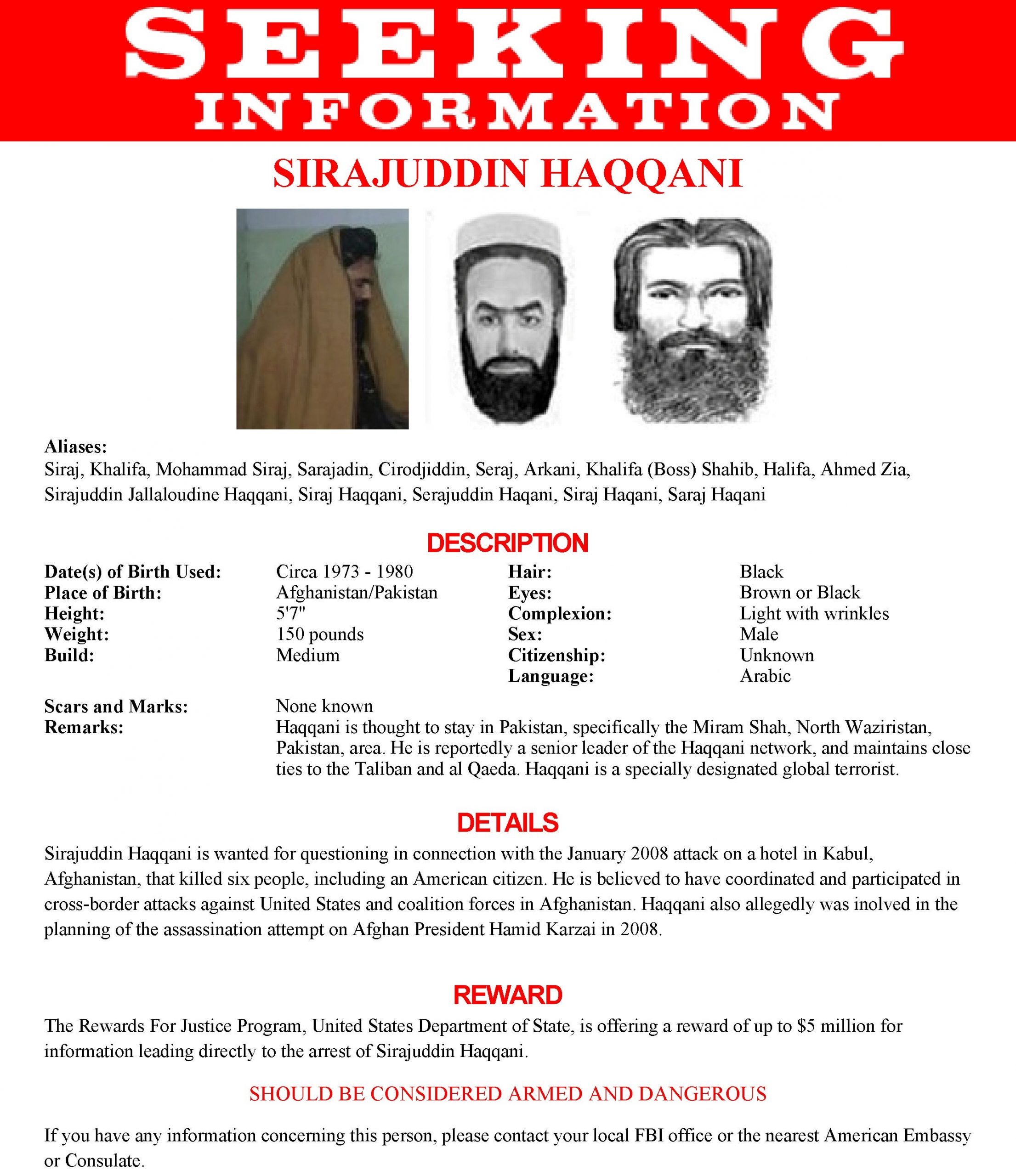
FBI/Handout via REUTERS
The third of Akhundzada's deputies is Sirajuddin Haqqani, leader of the Haqqani network, a US-designated terror group that is believed to have introduced suicide bombing in Afghanistan.
His father, the warlord Jalaluddin Haqqani, created the network and was a lifelong friend of Osama Bin Laden. In the 1980s, he helped the US defeat the Soviet Union in Afghanistan.
Since then, the Haqqani network has been accused of assassinating top Afghan officials, coordinating major suicide bombing attacks, and kidnapping Western citizens.
Sirajuddin Haqqani leads the day-to-day affairs of the group, and his whereabouts are currently unknown. He is believed to be in his late 40s or 50s, per Reuters.
Dit artikel is oorspronkelijk verschenen op z24.nl
